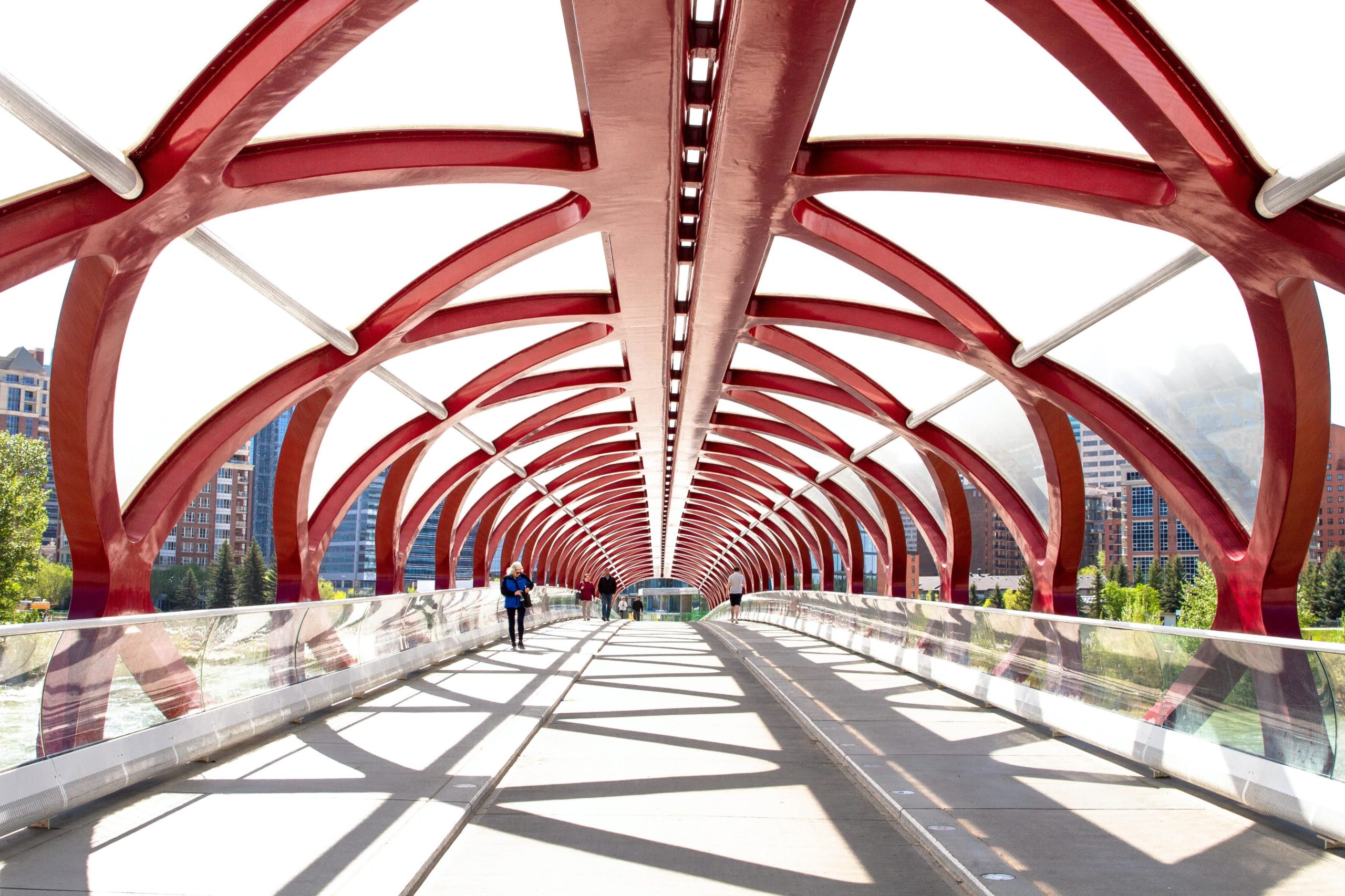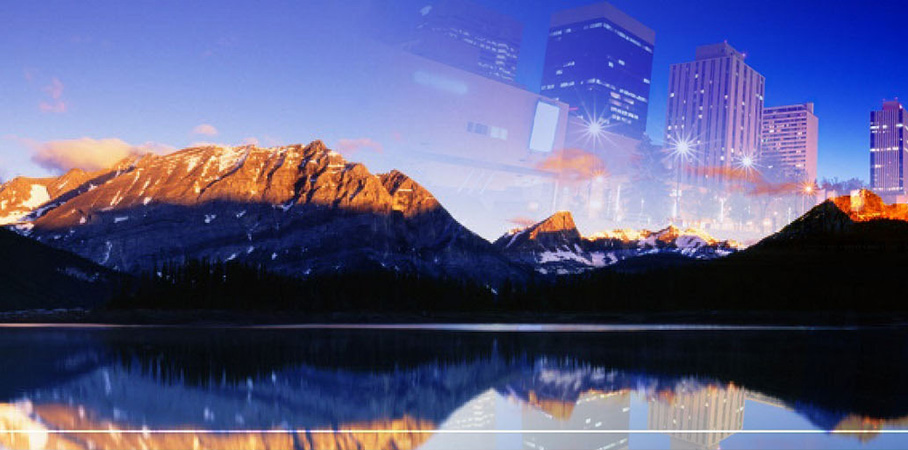
The outbreak of COVID-19 has triggered a global economic crisis that was unimaginable even two weeks ago, and perhaps nowhere is that being felt more acutely than in Alberta. In addition to the obvious consequences of social distancing on businesses and industry, we’re also dealing with a gut-wrenching collapse in oil prices that’s being driven in part by a deepening conflict between Saudi Arabia and Russia. Taken together, the combination of falling oil prices and a temporary collapse in the broader economy will put Alberta’s community and business leaders to the toughest test they’ve ever faced — one that they cannot afford to fail.











